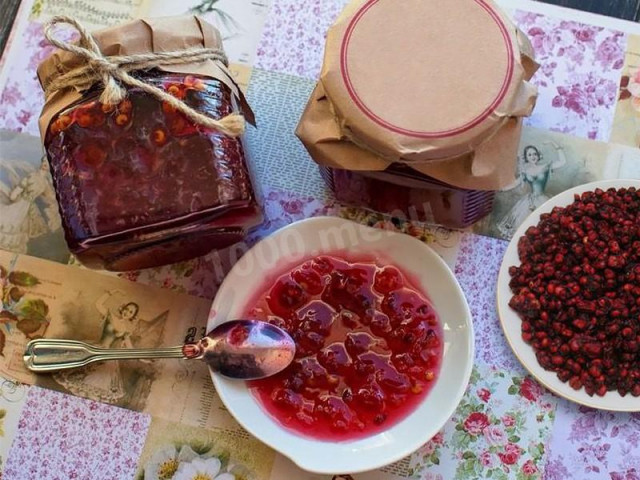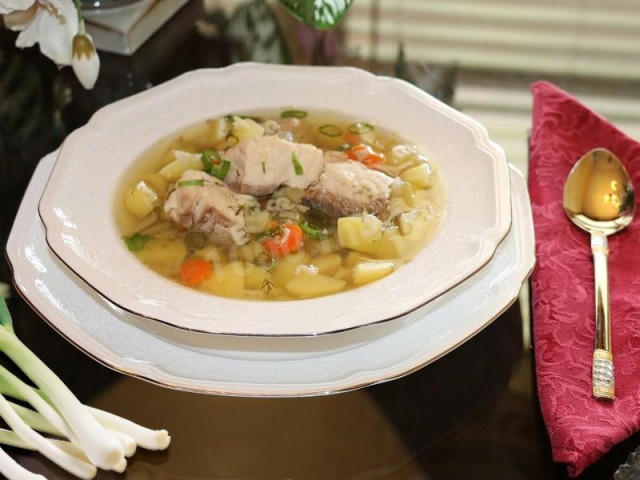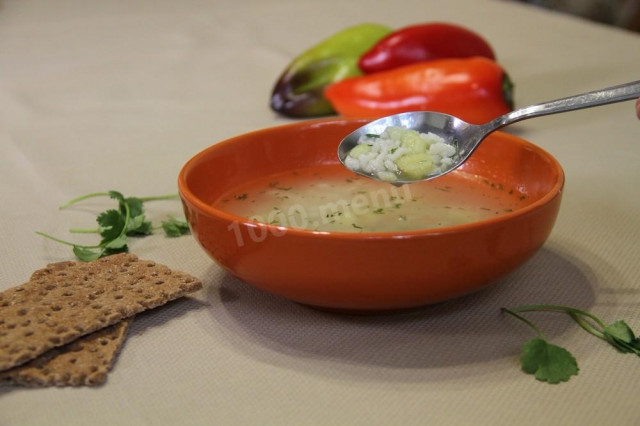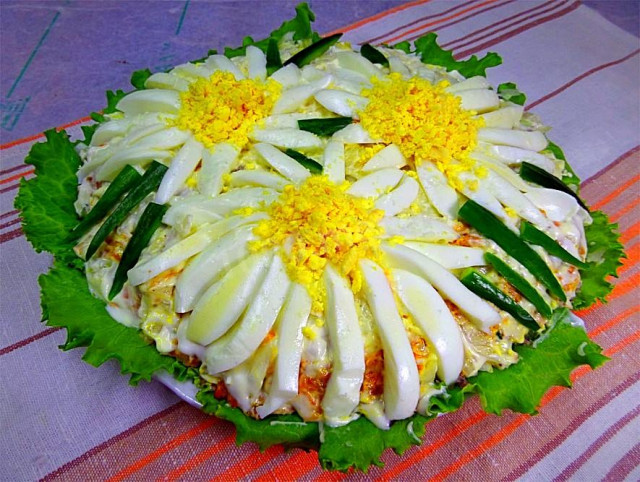Composition / ingredients
Cooking method
1. It is better to take pork intestines ready for use. In another case, we wash them, turn them inside out and separate the mucous inner shell. You can use the reverse of the non-sharpened side of the knife. This should be done very carefully so as not to damage the thin walls. The mucosa makes them very slippery, and the process of binding sausage is quite uncomfortable.
2. It is necessary to choose the right meat. It is best suited with a minimum amount of fat and, of course, as fresh as possible. We separate it from bones, fat and tendons, cut it and, adding salt and saltpeter, keep it in the refrigerator for two days until it is salted.
3. From the head of garlic, you need to separate the cloves and peel off the husk. Add garlic to the prepared meat and pass it through a meat grinder. Pork and beef are ground separately from each other.
4. Mixing thoroughly with your hands, add starch diluted in water, sugar and pepper to the ground beef. It is necessary to knead slowly and carefully so that a homogeneous mass is obtained as a result. Then you can add minced pork. Pork fat is separated from the skin, cut into small cubes and gradually added to the overall mixture, without ceasing to stir.
5. We fill the intestines with the finished mixture again with the help of a meat grinder - you just need to choose a suitable nozzle. A pastry syringe is also well suited for this purpose. We tie the ends of the sausage. Stuffed small intestines can optionally be wrapped in a ring. If the colon is stuffed, then it is necessary to make several knots along the length of the product for greater reliability. It is also not necessary to stuff the stuffing too tightly, so that in the future the walls of the intestines do not burst.
6. The resulting sausage needs to be dried for an hour and a half, and then boiled over low heat for an hour.
Everything is ready!
Caloric content of the products possible in the composition of the dish
- Melted beef fat - 871 kcal/100g
- Fat beef - 171 kcal/100g
- Lean beef - 158 kcal/100g
- Beef brisket - 217 kcal/100g
- Beef - okovalok - 380 kcal/100g
- Beef - lean roast - 200 kcal/100g
- Beef shoulder - 137 kcal/100g
- Beef - ribs - 233 kcal/100g
- Beef - ham - 104 kcal/100g
- Beef - tail - 184 kcal/100g
- Boiled ham - 269 kcal/100g
- Beef corned beef - 216 kcal/100g
- Pork fat - 333 kcal/100g
- Pork meat - 357 kcal/100g
- Pork - low-fat roast - 184 kcal/100g
- Pork chop on a bone - 537 kcal/100g
- Pork - schnitzel - 352 kcal/100g
- Pork Shoulder - 593 kcal/100g
- Boar's leg - 113 kcal/100g
- Pork - 259 kcal/100g
- Pork fat - 871 kcal/100g
- Melted pork fat - 947 kcal/100g
- Pork rinds - 895 kcal/100g
- Lard - 797 kcal/100g
- Spy - 658 kcal/100g
- Garlic - 143 kcal/100g
- Ground black pepper - 255 kcal/100g
- Granulated sugar - 398 kcal/100g
- Sugar - 398 kcal/100g
- Salt - 0 kcal/100g
- Water - 0 kcal/100g
- Potato starch - 300 kcal/100g
- Saltpeter - 0 kcal/100g
- Pork intestines - 602 kcal/100g







